Pistoia: what to see in 24 hours
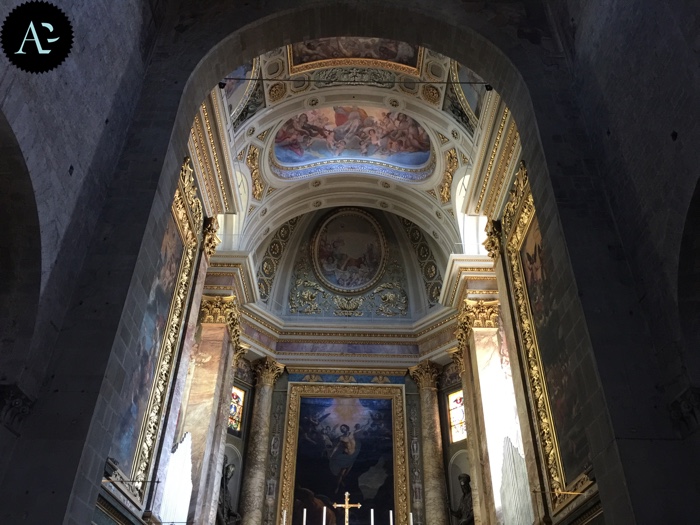
PISTOIA, WHAT TO SEE IN 24 HOURS
You have to go to Pistoia expressly to visit it.
The city is located about 30 km from Florence, and in 2017 has been named Italian Capital of Culture.
To know what to see in Pistoia you can read my post containing the list of the most important places to visit.
Here, instead, I’ll talk about my 24-hour visit which allowed me to discover the very heart of Pistoia.
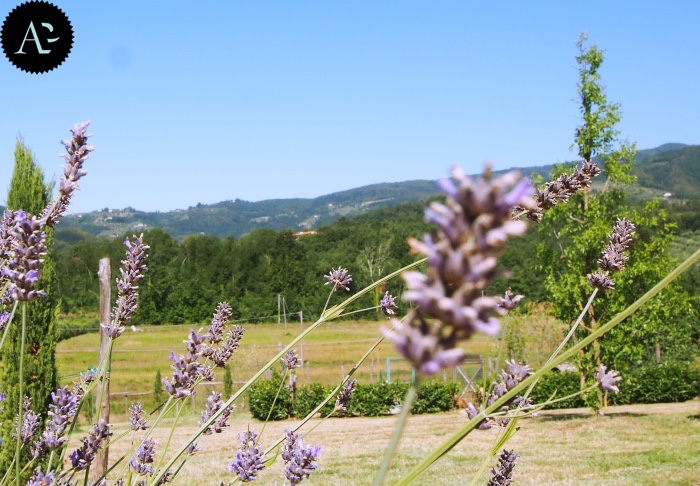
PISTOIA IN 24 HOURS: PIAZZA DUOMO AND ITS SURROUNDINGS
Pistoia is a city you should discover slowly, starting from Piazza Duomo (Duomo Square). From here you can easily reach on foot the main landmarks, which illustrate the history of the city.
Piazza Duomo (Duomo Square) is overlooked by the Bell Tower, which towers above the most important buildings of the city: the Cattedrale (the Cathedral), the Battistero (the Baptistery), the Palazzo del Comune and the city courthouse.
The first leg of my tour of Pistoia was the Cattedrale di San Zeno (the Cathedral of Saint Zeno), which houses the relics of San Jacopo (Saint James), patron saint of the city, which arrived in the city in 1145 from Santiago de Compostela. In front of the Cathedral you find the Battistero (Baptistery), built in the first half of the 14th century, in green and white marble.
Next to the Baptistery there’s the Palazzo Pretorio, the seat of the city courthouse and built around the mid-14th century to serve as the seat of the administration of justice.
In front of the city courthouse there’s the Palazzo del Comune, also known as the Palazzo degli Anziani (Palace of the Elders), which inside houses the Civic Museum displaying works by Lorenzo di Credi and Rodolfo del Ghirlandaio.
The Palace was built in 1294 and is a symbol not only of the city, because Pistoia was one of the first cities to become a Comune (municipality) and to have a statute establishing the rules of civil life.
Then, the Bell Tower, built in different stages starting from the 12th century, is 66 meters high and allows you to see Pistoia and its streets from above.
The streets are named after shops or businesses you could find in the city in the past.
For example, there’s via degli Orafi (goldsmiths’ street), which corresponds to the “decumanus maximus” (the main decumano) in Roman times.
From the Bell Tower, then, you can see the Dome built by Vasari for the Basilica dell’Umiltà (Basilica of Our Lady of Humility) and Piazza della Sala, where the market is held, and which has in its centre a Renaissance well decorated with the Florentine Marzocco, which is the lion representing Pistoia’s submission to Florence.
Eventually, the Church of San Giovanni Fuoricivitas, founded by the Lombards, housing the “Visitation” by Luca della Robbia, and the Chiesa di Sant’Andrea (Church of San Andrea) containing Giovanni Pisano’s famous pulpit.
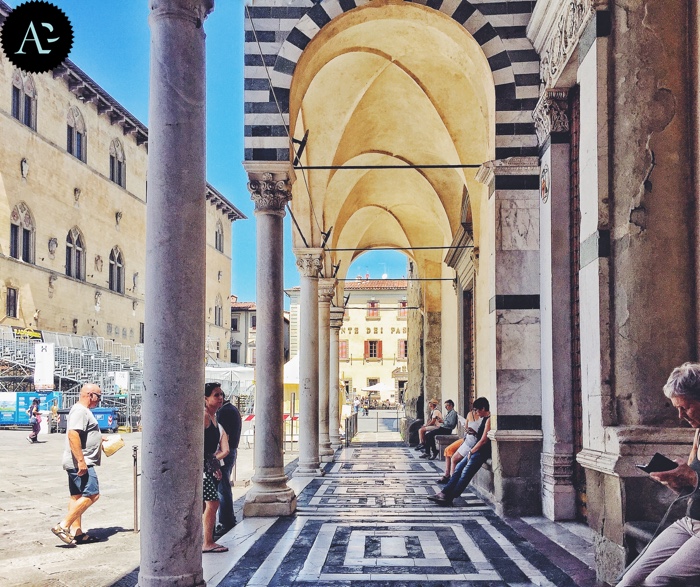
After admiring Pistoia from the Bell Tower, you must know that you can visit its undergrounds, as well.
The Museo di Pistoia Sotterranea (the Pistoia Underground Museum) is located inside the Ospedale del Ceppo (Hospital del Ceppo), the ancient city hospital whose façade is decorated with coloured glazed terracotta friezes and the tondoes (roundels) by Giovanni della Robbia.
Within it, a 650 meters long underground route starts, following the ancient riverbed of the stream Brana, where you can see the base of the hospital and the ancient buildings of Pistoia, such as a Roman bridge, one of the doors of the city and two mills.
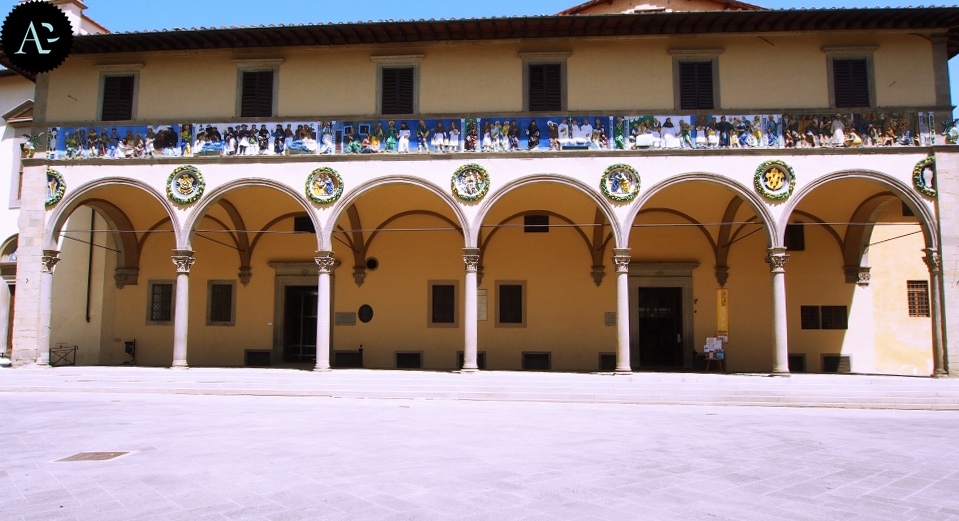
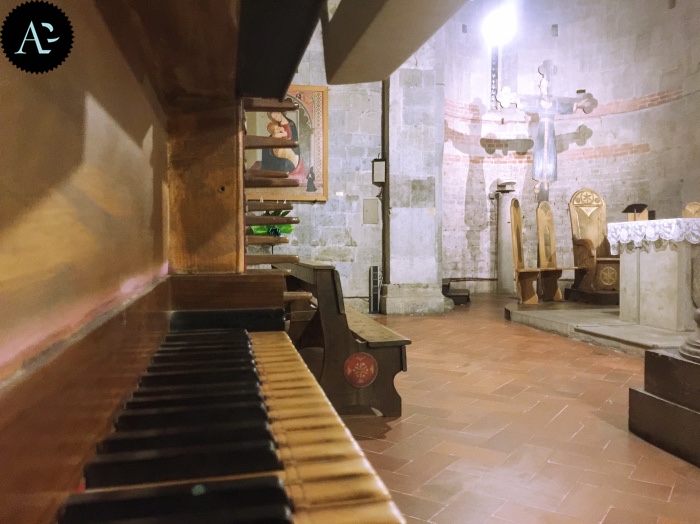
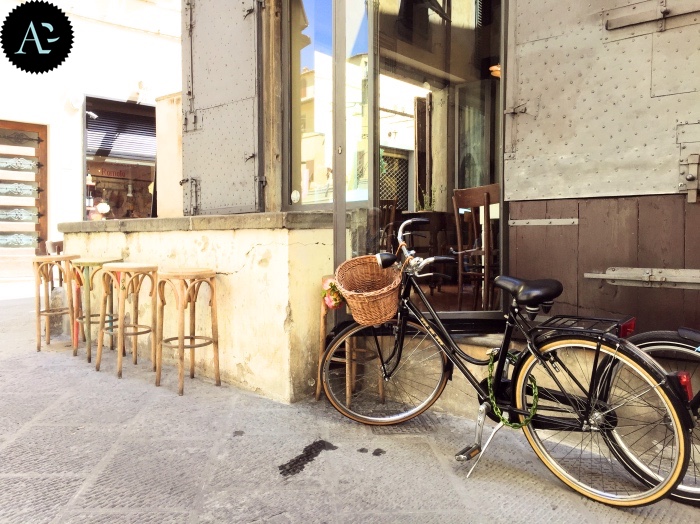
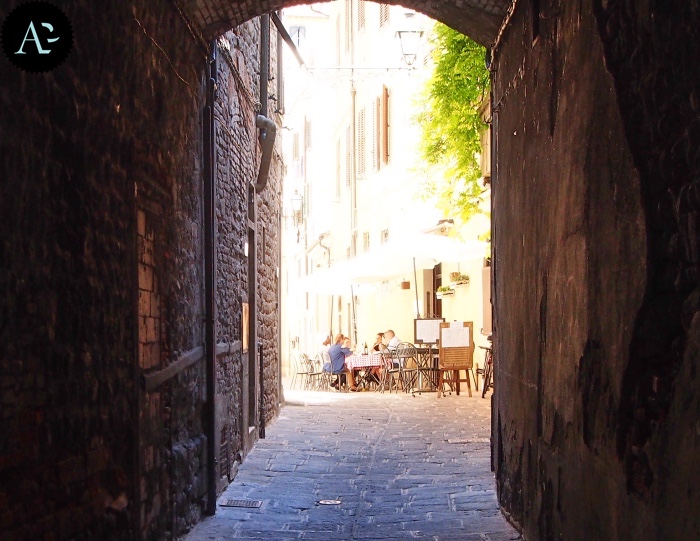
Follow me on:
About me
In this blog, I don't explain the history of art — I tell the stories that art itself tells.


